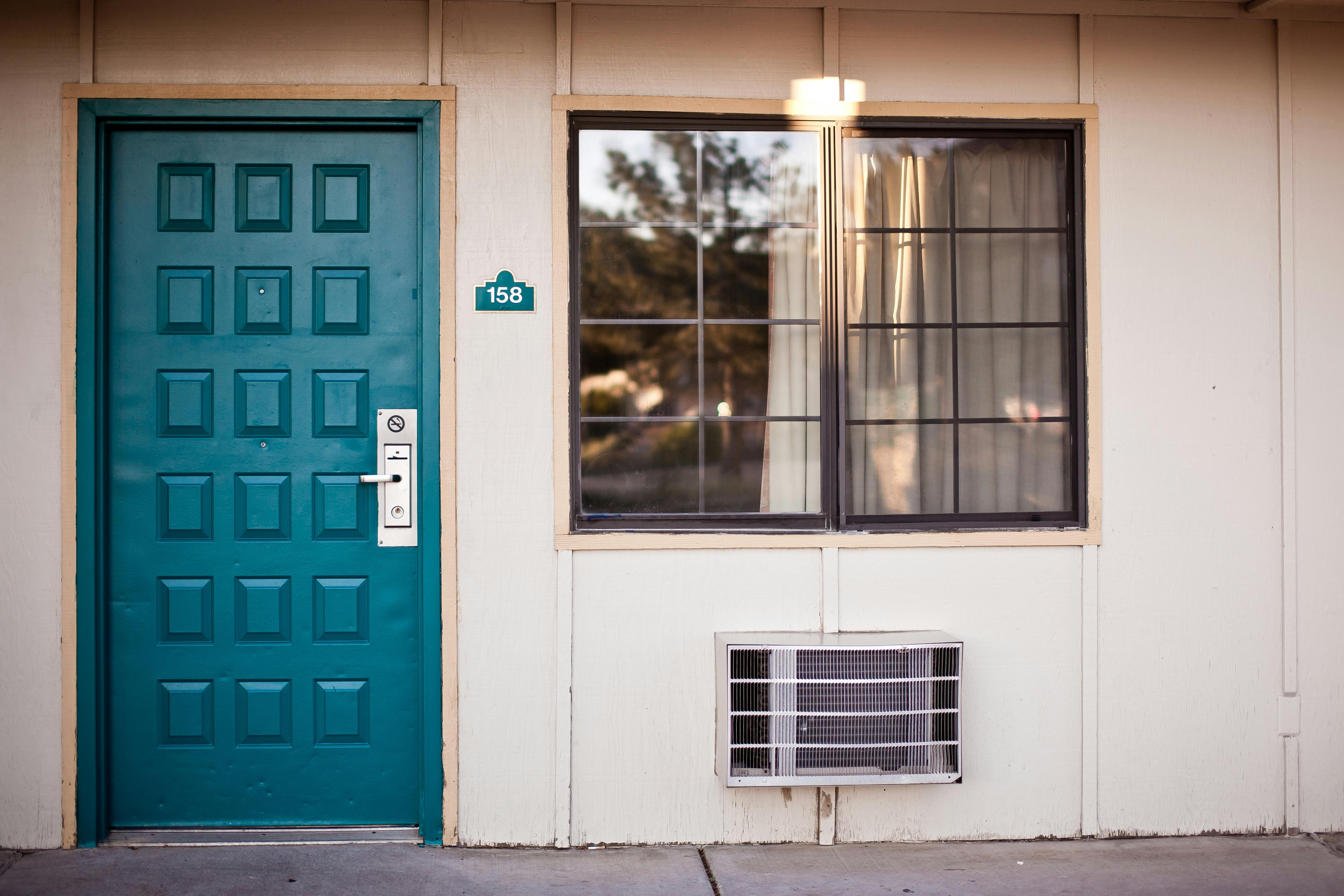Property maintenance plays a crucial role in overcoming problems in homes that would otherwise have an adverse impact on residents’ precious hours. What are the specific areas that need regular maintenance to ensure a smooth apartment complex lifestyle? Here are some tips.
cracks in the wall
Cracks may appear in the wall in the first years of occupation, due to the following reasons according to IS Code in the internal and external plaster, due to humidity changes, thermal variations, elastic deformation, creep, chemical reaction, foundation movement and settlement soil, vegetation and earthquake. Do not panic. The cracking process can continue for the first two years. After that you can simply fill the cracks with primer putty and repaint the walls and see how they stay that way.
Door and Latches
After a period of time, the doors in your apartment may not close properly and the latches may no longer work perfectly. This happens due to the self weight of the doors combined with temperature fluctuations and also the expansion and contraction of the wood causes a shift (usually downwards) from the original positions of the doors. You are advised to wait until the seasons change and see how things fall back into place, or if necessary, you can call a carpenter, who will rectify the problem as a precaution. Door hinges should be oiled regularly, at least once in three. months.
flat
The ceramic/vitreous/granite floor should be cleaned periodically with diluted liquid detergent. Don’t use acids, ever. Corners and baseboards should also be cleaned regularly to keep them looking like new. To reduce the problem of dust collecting at the baseboard level, make all baseboards flush with the wall.
Humidity stains
In the first monsoon, wet patches and the resulting cracks may appear in the walls, due to seepage. This is not a major problem. It is recommended to wait until summer before patching the damp spots, filling the cracks and repainting the walls and the problem will not reappear. It is advisable to repaint the entire building inside and out every three to five years.
Drain
After a period of time due to regular use, it is normal for the washers on the faucets to wear out and the faucets to leak. You can solve this problem simply by replacing the washers, even yourself. If leaking cracks develop in the kitchen sink or glazed tile joints, immediately fill the cracks with materials such as M-Seal White or any other commercially available cementitious material. Do not use strong acids to clean bathrooms and toilets, as this will cause leaks and damage the floor. If the traps under the bathroom or kitchen sink or sink pipes are clogged, have them cleaned by the plumber right away. Otherwise, it will lead to leakage at the joints or the overflow of dirty water from the siphons in the bathroom. You can use ‘Dranex’ or a similar product to clean the blocked area. Leaking faucets must be attended to immediately to prevent water loss and damage to the residential unit below. Every apartment owner should clean all rainwater pipes and pipes just before the rainy season starts, so that water collection on the balcony and terrace does not occur. Check that all taps are turned off before closing your apartment, as water can flood the kitchen and other rooms, damaging the furniture and paint finish in the apartment below.
termite attack
Think of termite treatment as insurance against termites. No house, old or new, and no material, whether concrete, wood, brick, or tile, is safe from termites. There is no such thing available as termite proof construction. We have taken adequate precautions to prevent termite attacks, providing the necessary treatment before laying the foundations of each building, but even high-quality furniture, fabrics, books, documents, and insulating plastics provide a convenient substitute for natural food for termites. termites. Therefore, it is advisable to carry out an anti-termite treatment (pest control) on your furniture every year.
Lift
Stuck in an elevator? Do not transport by emergency exit. Inside the elevator there is an alarm button that must be pressed. Once activated, the alarm is heard outside, alerting security personnel. If the elevator gets stuck between two floors due to a power outage or for any other reason, a trained person should turn off the three-phase main switch, either from the meter room on the ground floor or from the elevator machine room on the upper floor. the ninth floor, and confirm to others involved in the rescue procedure that the power is off. Once the main switch is turned off, there is a device called a ‘brake release’ that can be accessed in the elevator machine room on the 9th floor. With this, you can take the elevator up or down to the nearest landing level. For your convenience, all these instructions can be displayed inside the elevator machine room. As a precautionary measure, apartment association officials must train a responsible person/security person on operations.
Choking plumbing lines
*Sewage / Silage Lines: When throwing non-degradable items (sanitary napkins, solid waste, etc.) into plumbing systems, the lines are hit, so the system begins to leak at the joints. Call the plumber to clear obstructions in the lines and allow the water to flow smoothly.
*Water lines: Initially, the dust in the new CP fittings will clog the nozzles of the fittings, so there will not be enough pressure in the water flowing through these fittings. Call the plumber, who will open these fittings and clean the washers.
*Raised tanks and sump tanks: Suspended fine particles present in the water will settle when the water is stored in tanks, thus the capacity of the tanks will be reduced, and when the water in the bottom of the tank flows through the pipes, your CP fittings will be electrocuted. Please ensure that the elevated water tanks are initially cleaned at least once every three months.


